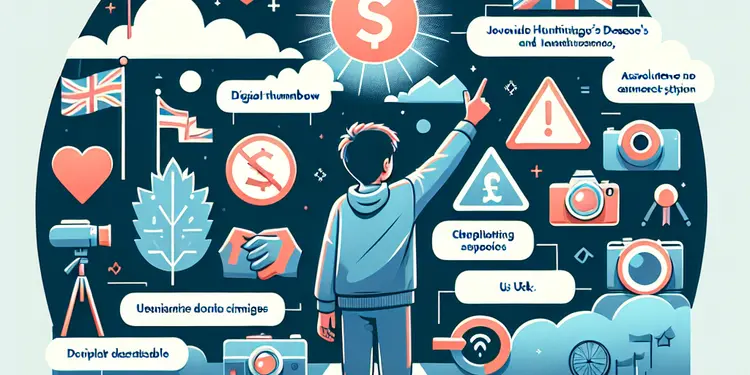
Find Help
More Items From Ergsy search
-
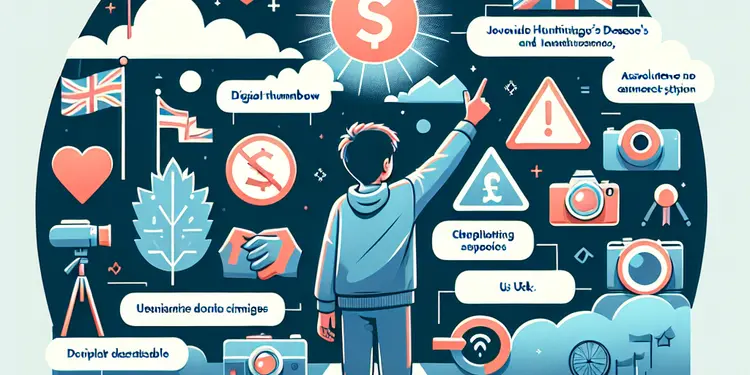
What is Juvenile Huntington's disease?
Relevance: 100%
-
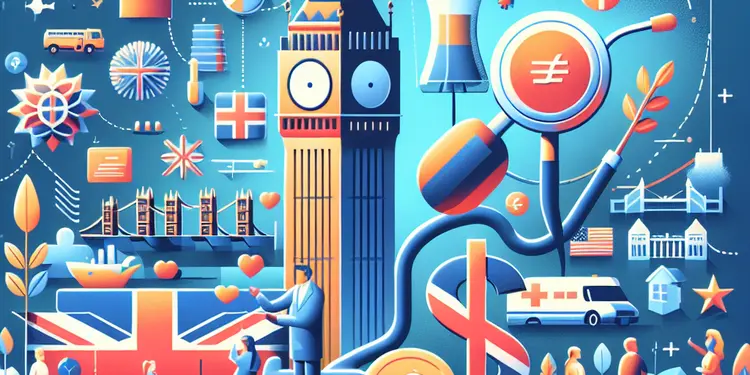
At what age do symptoms of Huntington's disease typically appear?
Relevance: 85%
-
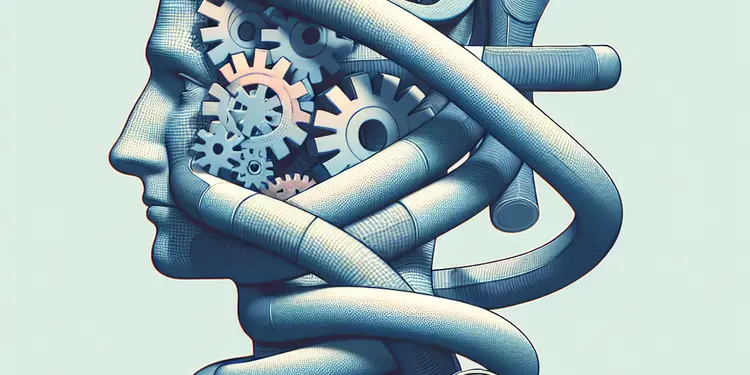
Is Huntington's disease fatal?
Relevance: 84%
-
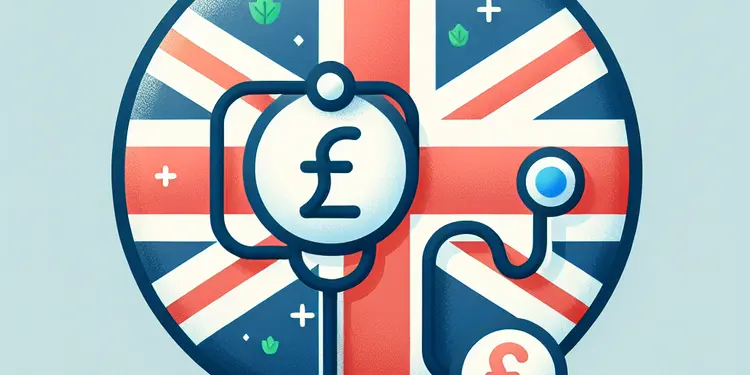
What is Huntington's disease?
Relevance: 84%
-
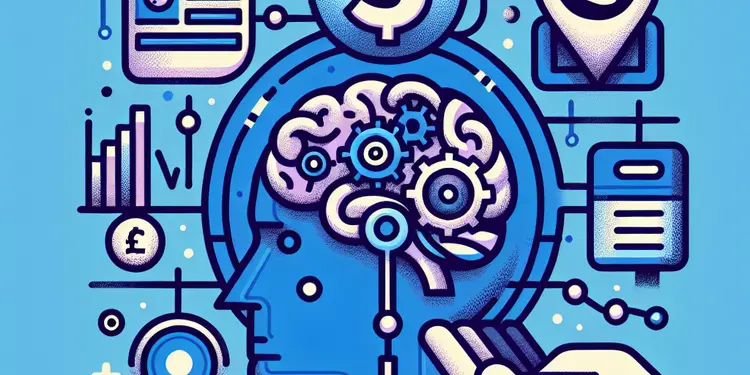
What are the symptoms of Huntington's disease?
Relevance: 80%
-
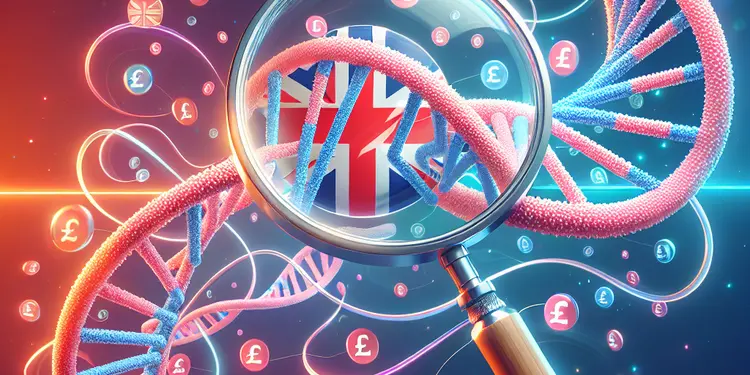
What is the role of genetic testing in Huntington's disease?
Relevance: 75%
-
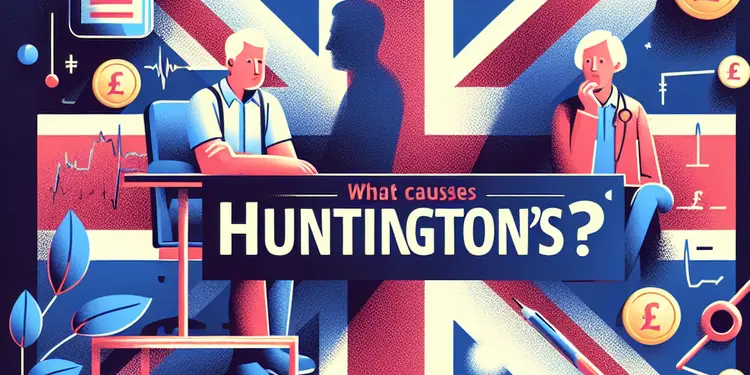
What causes Huntington's disease?
Relevance: 73%
-
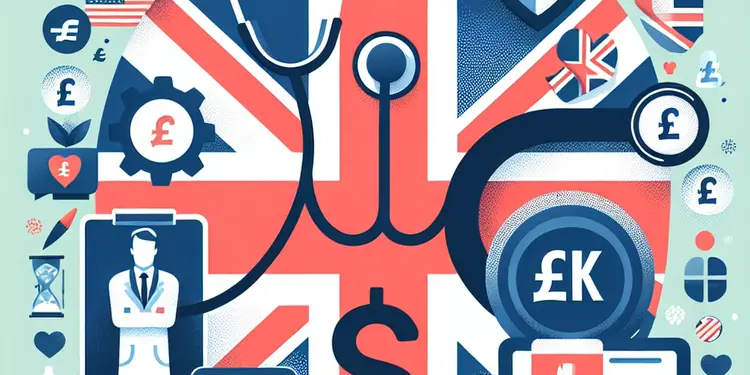
How is Huntington's disease diagnosed?
Relevance: 73%
-
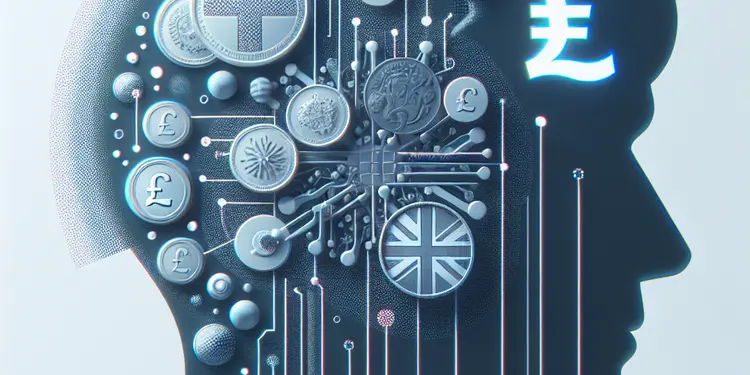
Can Huntington's disease be cured?
Relevance: 72%
-
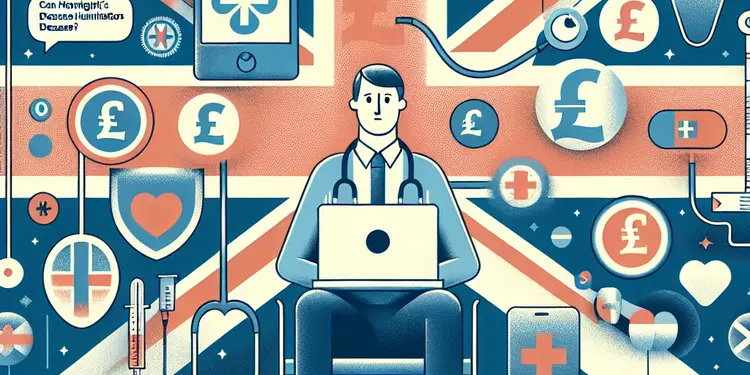
Can Huntington's disease be prevented?
Relevance: 72%
-
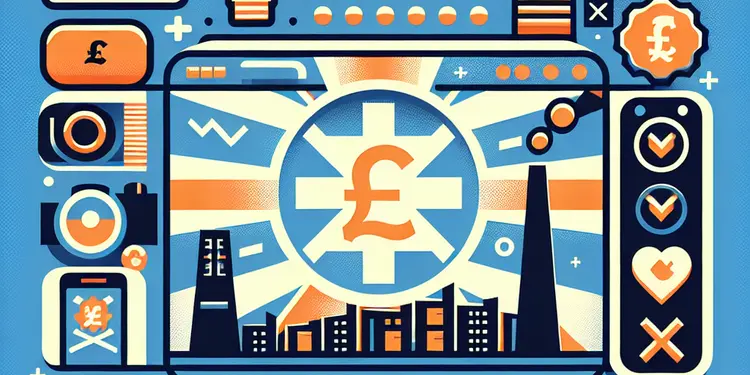
What research is being done on Huntington's disease?
Relevance: 69%
-
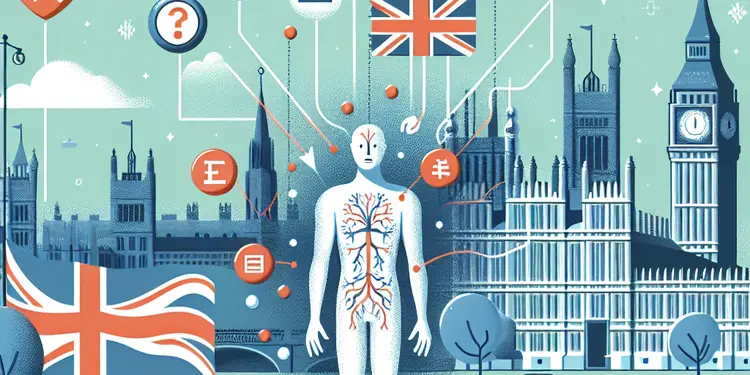
How does Huntington's disease affect emotions?
Relevance: 68%
-
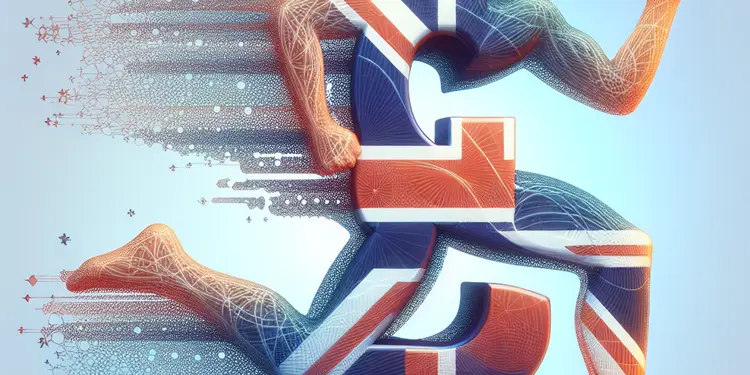
How does Huntington's disease affect movement?
Relevance: 68%
-
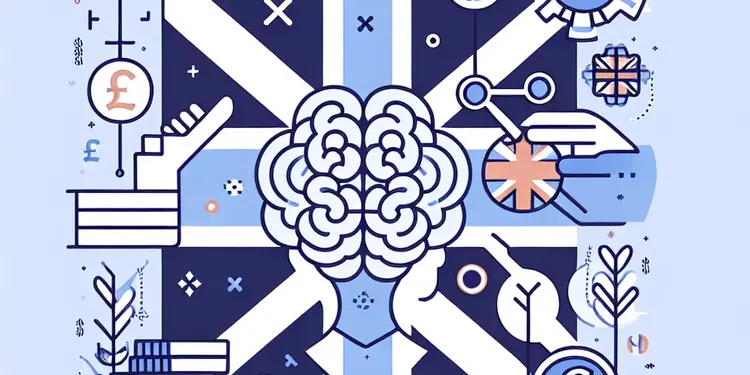
How does Huntington's disease affect cognition?
Relevance: 68%
-
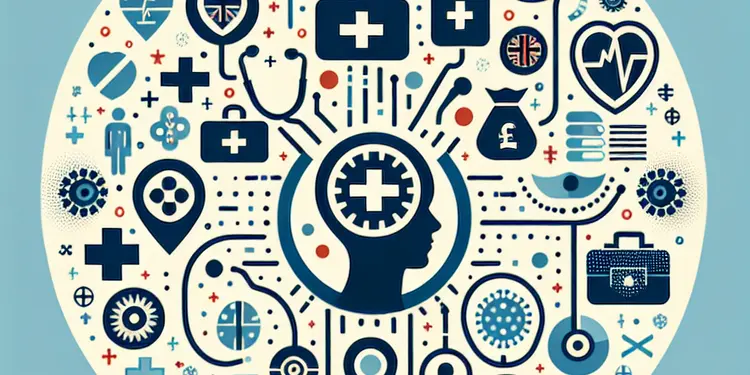
What kinds of specialists are involved in treating Huntington's disease?
Relevance: 65%
-
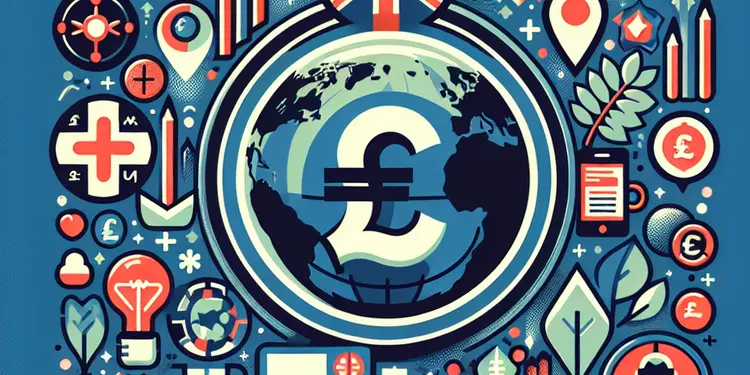
Can lifestyle changes help manage Huntington's disease?
Relevance: 63%
-
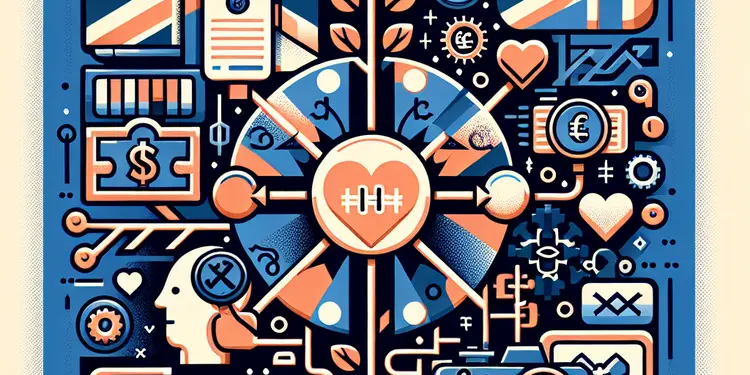
How is Huntington's disease inherited?
Relevance: 52%
-
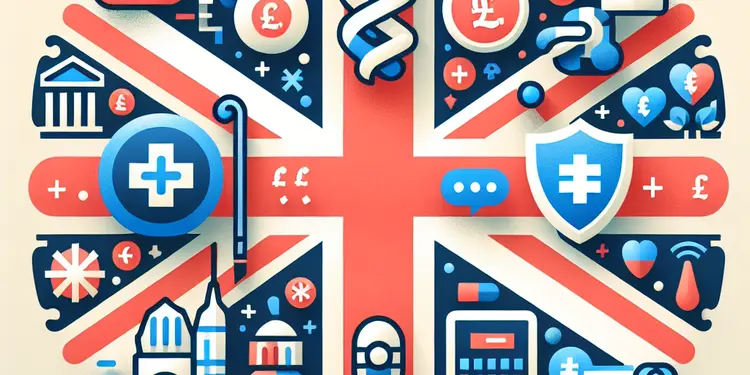
Are there treatments available for Huntington's disease?
Relevance: 52%
-
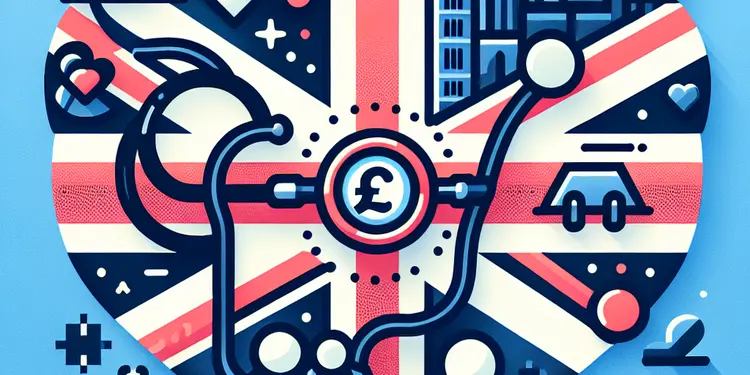
What support is available for families affected by Huntington's disease?
Relevance: 45%
-
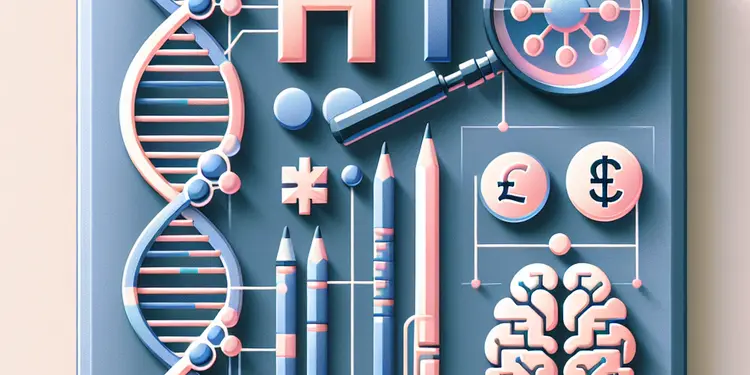
What role does the HTT gene play in Huntington's disease?
Relevance: 43%
-
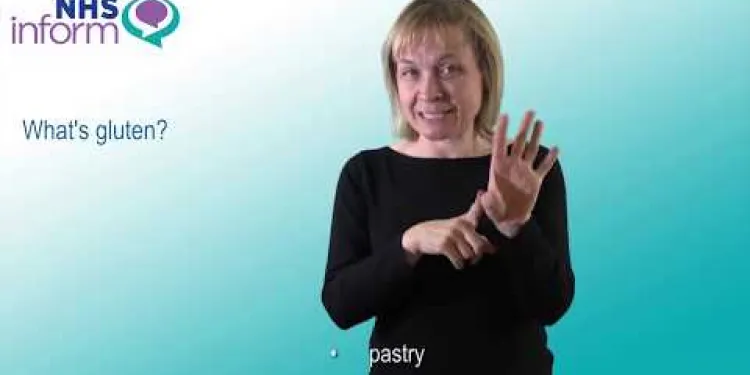
Coeliac disease
Relevance: 26%
-
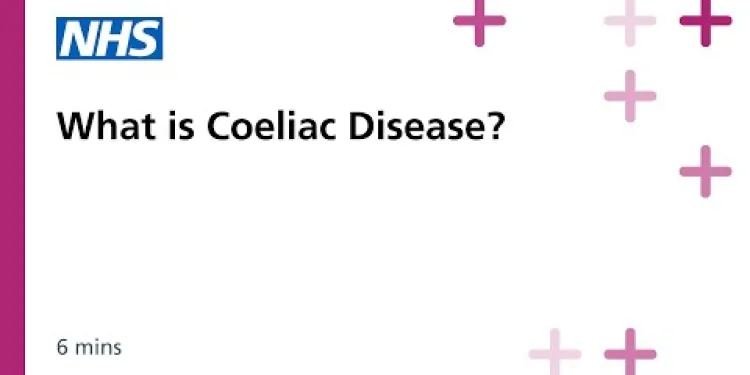
Coeliac Disease: Session 1: What is Coeliac Disease?
Relevance: 26%
-
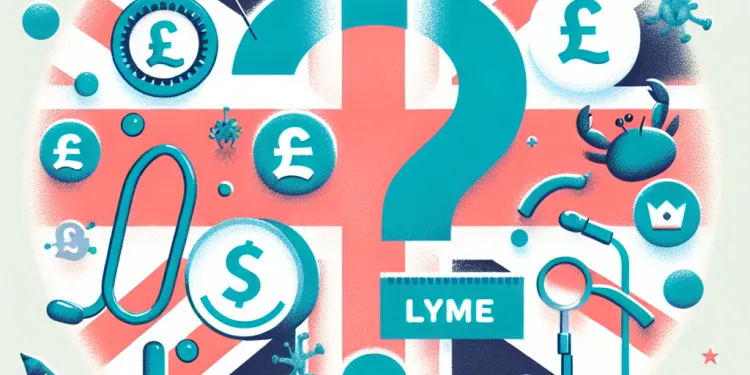
What is Lyme Disease?
Relevance: 24%
-
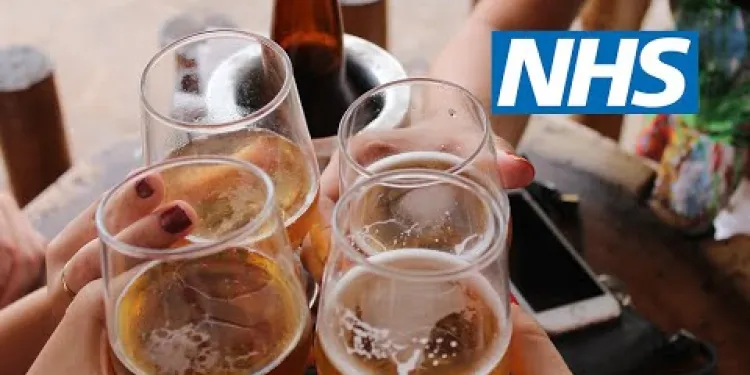
Liver disease | NHS
Relevance: 24%
-
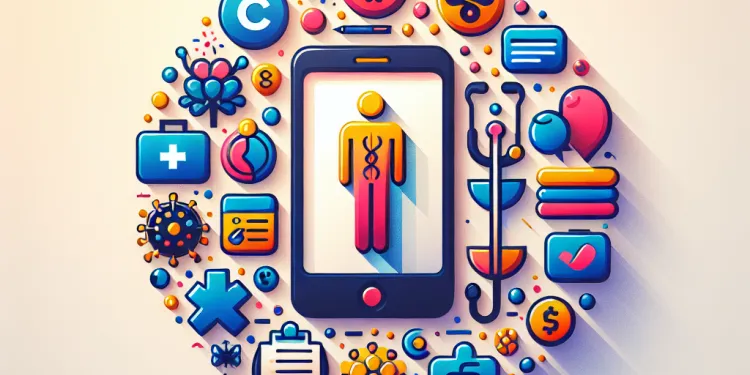
Is Crohn's disease contagious?
Relevance: 24%
-
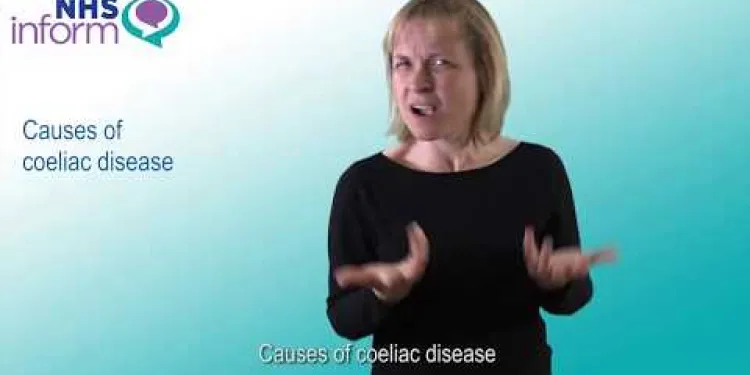
Causes of coeliac disease
Relevance: 24%
-
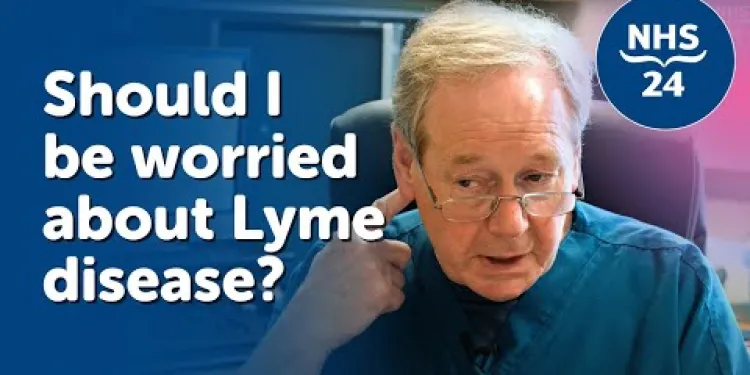
Lyme disease: What is it?
Relevance: 24%
-
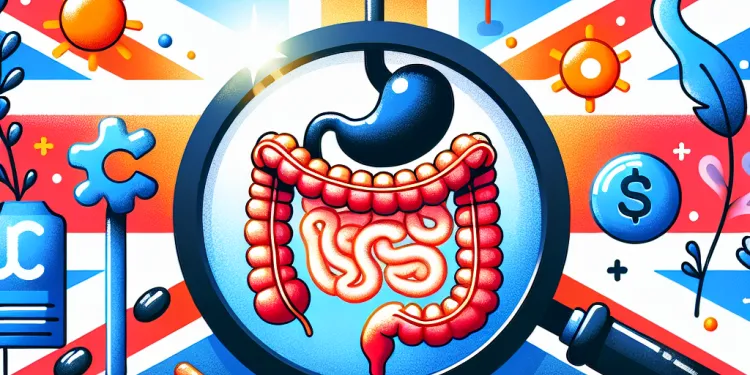
Is there a cure for Crohn's disease?
Relevance: 24%
-
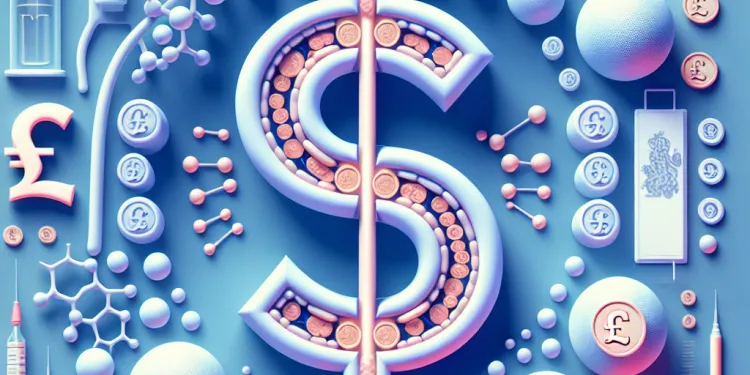
What is Mitochondrial disease?
Relevance: 24%
-
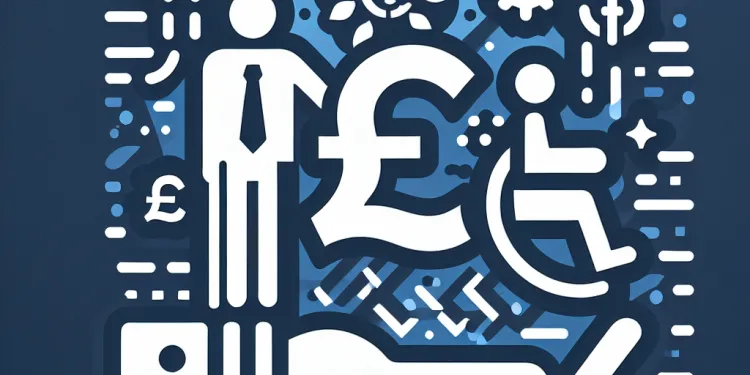
What is Parkinson's disease?
Relevance: 24%
-
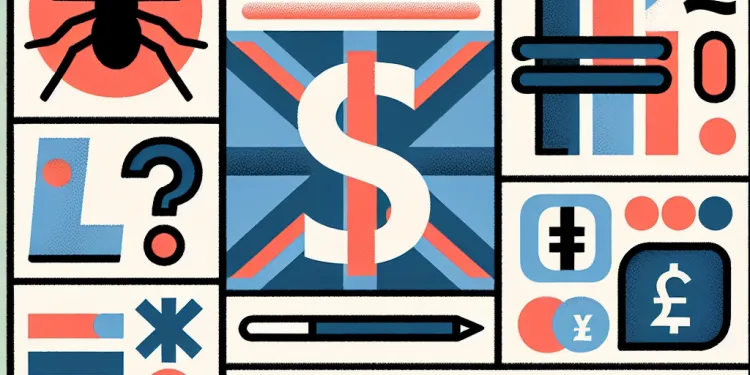
Is there a vaccine for Lyme disease?
Relevance: 24%
-
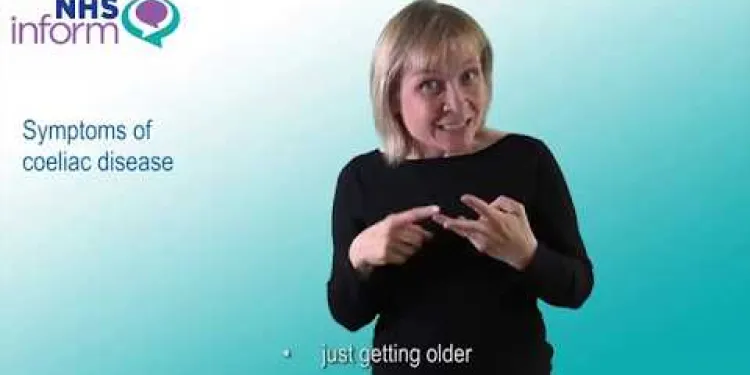
Symptoms of coeliac disease
Relevance: 24%
-
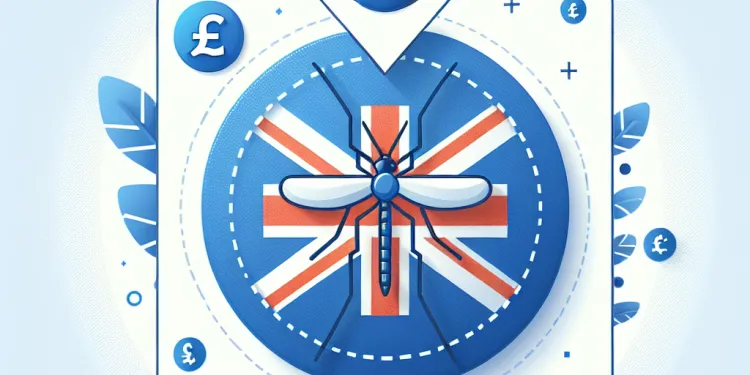
Do UK mosquitoes carry diseases?
Relevance: 24%
-
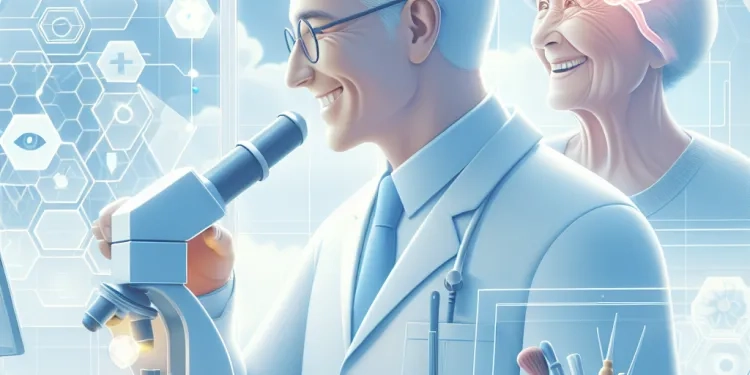
What is Alzheimer's disease?
Relevance: 24%
-
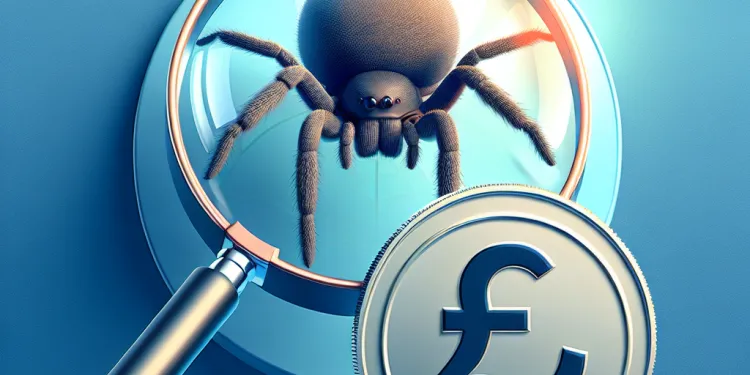
Do spiders in the UK carry diseases?
Relevance: 24%
-
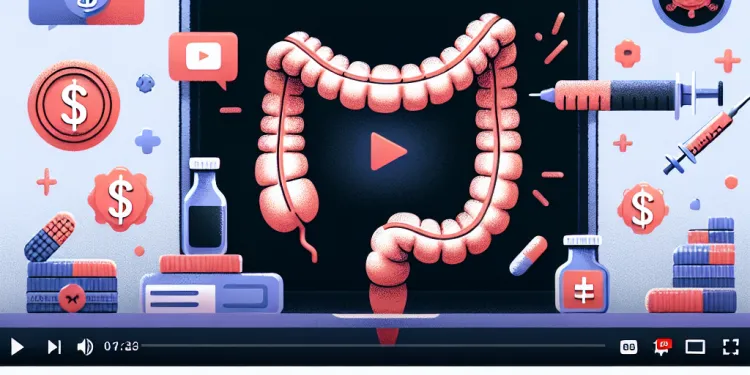
What causes Crohn's disease?
Relevance: 23%
-
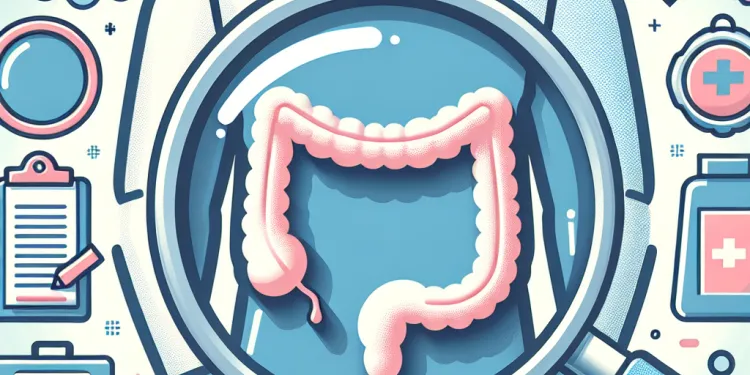
How is Crohn's disease diagnosed?
Relevance: 23%
-
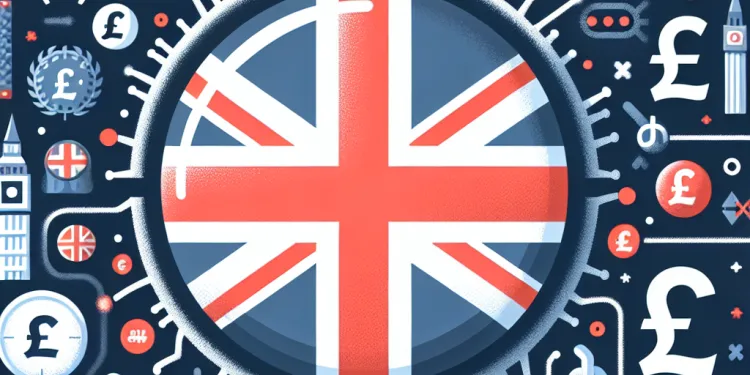
Can Lyme disease be treated?
Relevance: 23%
-

How is Lyme disease transmitted?
Relevance: 23%
-
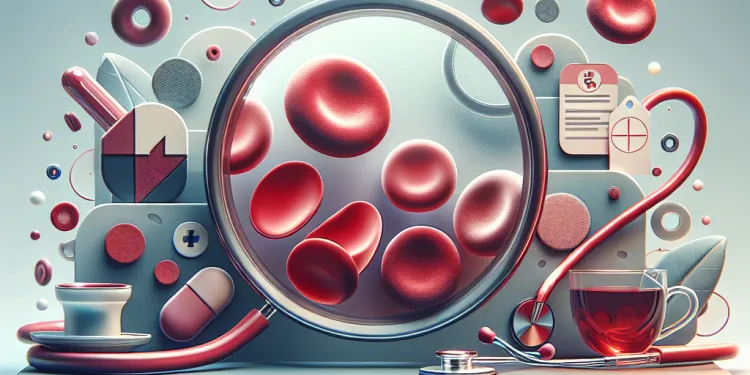
What is sickle cell disease?
Relevance: 23%
Introduction to Juvenile Huntington's Disease
Juvenile Huntington's Disease (JHD) is a rare and hereditary neurodegenerative disorder that affects children and teenagers. It is a form of Huntington's disease, which typically manifests in adulthood, but JHD presents symptoms before the age of 20. This condition is characterized by the progressive degeneration of nerve cells in the brain, leading to various physical, cognitive, and emotional challenges.
Genetic Cause
Juvenile Huntington's Disease is caused by a genetic mutation in the HTT gene, which provides instructions for producing a protein called huntingtin. This mutation involves repetitions of a specific DNA segment known as CAG trinucleotide repeats. In JHD, the number of these repeats is typically much higher than in adult-onset Huntington's disease, resulting in earlier and more severe symptoms. The disease is inherited in an autosomal dominant pattern, meaning only one copy of the mutated gene from an affected parent can cause the disorder.
Symptoms
The symptoms of Juvenile Huntington's Disease can vary widely but generally include a combination of movement disorders, cognitive decline, and emotional or behavioural changes. Movement disorders may manifest as involuntary jerking, muscle rigidity, and difficulties with coordination. Cognitive symptoms often involve challenges with attention, processing speed, and problem-solving skills. Emotional and behavioural symptoms can include depression, anxiety, impulsivity, and changes in mood or personality.
Diagnosis
Diagnosing Juvenile Huntington's Disease involves a combination of clinical evaluation, neurological exams, and genetic testing. A thorough medical history and physical examination help assess the presenting symptoms, while genetic testing confirms the presence of the HTT gene mutation. It is crucial for families to receive genetic counselling to understand the implications of the diagnosis and inheritance patterns.
Treatment and Management
Currently, there is no cure for Juvenile Huntington's Disease, but treatment focuses on managing symptoms and improving the quality of life for affected individuals. Multidisciplinary care, involving neurologists, psychiatrists, physical therapists, and occupational therapists, is essential in addressing the varied symptoms. Medications may be prescribed to help control movement disorders, while behavioural therapy and counselling can support cognitive and emotional challenges. Speech therapy may assist with communication difficulties.
Support for Families
The impact of Juvenile Huntington's Disease extends beyond the individual to their families, who often require support and resources to navigate the challenges of caring for a child with this condition. In the UK, organizations like the Huntington's Disease Association offer valuable information, support networks, and advocacy for affected families. Being part of a supportive community can help families cope with the emotional and practical demands of the disease.
Research and Future Directions
Ongoing research into Juvenile Huntington's Disease aims to better understand the genetic mechanisms and identify potential treatments. Advances in gene therapy, neuroprotection, and symptomatic management hold promise for future therapeutic options. Participation in clinical trials can provide families with access to cutting-edge treatments and contribute to the global effort to find a cure.
Introduction to Juvenile Huntington's Disease
Juvenile Huntington's Disease (JHD) is a very rare illness that children and teenagers can get. It comes from parents and affects the brain. It is like another illness called Huntington's disease, which usually starts when people are older, but JHD starts before age 20. JHD makes the brain not work well, causing problems with moving, thinking, and feelings.
Genetic Cause
Juvenile Huntington's Disease happens because of a change in a special part of our genes called the HTT gene. This gene helps make a protein called huntingtin. In JHD, a certain part of the gene, called CAG, repeats too many times. This makes the illness start early and be more severe. If one parent has this changed gene, they can pass it on to their children.
Symptoms
JHD affects people in different ways. It can cause problems with moving, like shaking or stiff muscles. It can also make it hard to think clearly and solve problems. It can change how people feel, making them sad, worried, or act differently than usual.
Diagnosis
To find out if someone has JHD, doctors look at the person's health history and do tests. They check how the brain and body work. They can also do a special test to see if the HTT gene has the problem. Families can talk to experts to learn more about what the illness means.
Treatment and Management
There is no cure for JHD, but doctors can help with the symptoms. Different doctors and therapists work together to help the person feel better. They might give medicine for movement problems or have therapy to help with feelings and thinking. There are also exercises and activities to help with body and speech.
Support for Families
Families also need help when someone has JHD. In the UK, groups like the Huntington's Disease Association give information and support. They help families talk to others going through the same thing. It can be very helpful to be part of a group that understands.
Research and Future Directions
Scientists are trying to learn more about JHD to find new ways to help. They are studying how to fix the gene problem and protect the brain. Families can sometimes join studies to try new treatments and help find answers for JHD.
Frequently Asked Questions
Useful Links
- Ergsy carfully checks the information in the videos we provide here.
- Videos shown by Youtube after a video has completed, have NOT been reviewed by ERGSY.
- To view, click the arrow in centre of video.
- Most of the videos you find here will have subtitles and/or closed captions available.
- You may need to turn these on, and choose your preferred language.
- Go to the video you'd like to watch.
- If closed captions (CC) are available, settings will be visible on the bottom right of the video player.
- To turn on Captions, click settings .
- To turn off Captions, click settings again.
More Items From Ergsy search
-

What is Juvenile Huntington's disease?
Relevance: 100%
-

At what age do symptoms of Huntington's disease typically appear?
Relevance: 85%
-

Is Huntington's disease fatal?
Relevance: 84%
-

What is Huntington's disease?
Relevance: 84%
-

What are the symptoms of Huntington's disease?
Relevance: 80%
-

What is the role of genetic testing in Huntington's disease?
Relevance: 75%
-

What causes Huntington's disease?
Relevance: 73%
-

How is Huntington's disease diagnosed?
Relevance: 73%
-

Can Huntington's disease be cured?
Relevance: 72%
-

Can Huntington's disease be prevented?
Relevance: 72%
-

What research is being done on Huntington's disease?
Relevance: 69%
-

How does Huntington's disease affect emotions?
Relevance: 68%
-

How does Huntington's disease affect movement?
Relevance: 68%
-

How does Huntington's disease affect cognition?
Relevance: 68%
-

What kinds of specialists are involved in treating Huntington's disease?
Relevance: 65%
-

Can lifestyle changes help manage Huntington's disease?
Relevance: 63%
-

How is Huntington's disease inherited?
Relevance: 52%
-

Are there treatments available for Huntington's disease?
Relevance: 52%
-

What support is available for families affected by Huntington's disease?
Relevance: 45%
-

What role does the HTT gene play in Huntington's disease?
Relevance: 43%
-

Coeliac disease
Relevance: 26%
-

Coeliac Disease: Session 1: What is Coeliac Disease?
Relevance: 26%
-

What is Lyme Disease?
Relevance: 24%
-

Liver disease | NHS
Relevance: 24%
-

Is Crohn's disease contagious?
Relevance: 24%
-

Causes of coeliac disease
Relevance: 24%
-

Lyme disease: What is it?
Relevance: 24%
-

Is there a cure for Crohn's disease?
Relevance: 24%
-

What is Mitochondrial disease?
Relevance: 24%
-

What is Parkinson's disease?
Relevance: 24%
-

Is there a vaccine for Lyme disease?
Relevance: 24%
-

Symptoms of coeliac disease
Relevance: 24%
-

Do UK mosquitoes carry diseases?
Relevance: 24%
-

What is Alzheimer's disease?
Relevance: 24%
-

Do spiders in the UK carry diseases?
Relevance: 24%
-

What causes Crohn's disease?
Relevance: 23%
-

How is Crohn's disease diagnosed?
Relevance: 23%
-

Can Lyme disease be treated?
Relevance: 23%
-

How is Lyme disease transmitted?
Relevance: 23%
-

What is sickle cell disease?
Relevance: 23%


